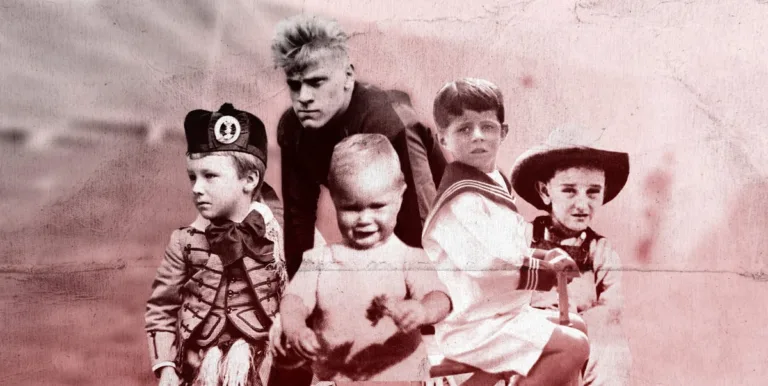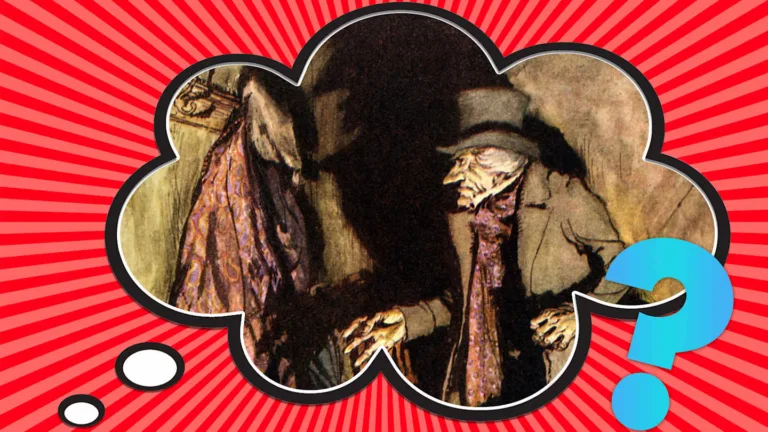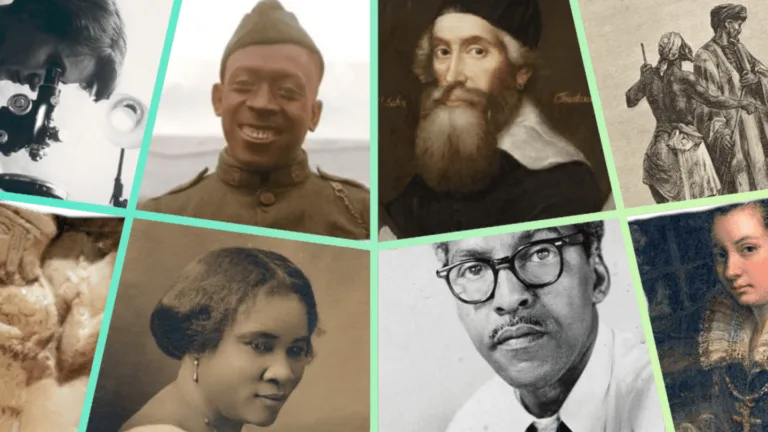Let’s take a trip back in Time To pre-1960s Ireland, a place where the social landscape was quite different from what we See Today. Back then, pubs served as more than just places for a pint; they were hubs of community life, steeped in tradition and often reflecting the societal norms of the time.
One fascinating aspect of these traditional Irish pubs was the presence of small, Secluded Spaces Known As Snugs. These weren’t your average booths or corners – they were enclosed rooms, often screened off from the main Pub Area, offering a sense of privacy and intimacy. You could think of them as little sanctuaries within the bustling environment of the pub itself.
Imagine stepping into one of these Irish Snugs. You might find yourself in a cozy nook with a window allowing for discreet drink service – no need to shout your order across the room! A lock on the door provided an extra layer of privacy, making it perfect for those seeking anonymity or a quiet escape from the crowd.
The History of Irish Pubs and Gender Segregation
In The Ireland Of Yesteryear, pubs weren’t exactly havens for everyone’s Gender Equality. Women were largely excluded from public Drinking Spaces, a common practice across much of Europe at the time. It was considered quite unconventional for women to be seen enjoying a pint in the main pub area. This societal norm led to the development of Irish snugs as discreet spaces where women could partake in a drink without drawing undue attention.
Think of these snugs as a way to carve out a space within the confines of the traditional pub for women who wished to enjoy a pint. The privacy they offered was invaluable, allowing women to socialize or simply relax with a beverage without facing the social pressures they might have encountered in the main pub area.
 Nacho Facts: The History & Evolution of a Beloved Snack
Nacho Facts: The History & Evolution of a Beloved SnackThis segregation wasn’T Necessarily About Discrimination; it reflected the prevailing social norms of the time. However, the existence of snugs highlights how Pubs Adapted To These Norms, creating spaces that accommodated both societal expectations and the desire for a Good Pint.
Snugs: A Space for Privacy and Discretion
The appeal of a snug went far beyond just enjoying a quiet pint in peace. It was a sanctuary where discretion Reigned Supreme. People seeking anonymity or a space free from prying eyes found solace Within These Small, Enclosed Rooms.
Think about the possibilities! A discreet meeting for business deals, a rendezvous between lovers, or even a safe haven for those who wanted to slip away From Unwanted Attention – the snug offered a sense of privacy that was truly invaluable in a time when social interactions were Often More Public Affairs.
The locked doors and screened-off windows ensured that conversations remained confidential, making snugs ideal for sensitive discussions or simply enjoying a drink without the distractions of the bustling pub atmosphere. It was a place where you could relax and be yourself without feeling judged or observed.
Functions Beyond Drinking: Meetings and Matchmaking
While the allure of a quiet pint in a secluded space was certainly a draw for many patrons, Snugs served purposes beyond just drinking. These intimate spaces became hubs for Various Activities, reflecting the diverse needs of the Community They Served.
Take, for example, the world of organized crime. Groups like the notorious Peaky Blinders gang utilized Snugs as clandestine meeting places to discuss their illicit operations. Or consider Father Flash Kavanagh, a priest known for his unorthodox ways – he found refuge in Snugs, using these private spaces to meet with individuals seeking spiritual guidance or simply a confidential listening ear.
And then there were the matchmakers. These ingenious individuals saw the potential of snugs as discreet settings for Arranging Marriages. Imagine two families meeting in a Hushed Setting, perhaps over a pot of tea and some light refreshments, carefully navigating the delicate art of courtship without the scrutiny of the Wider Pub Crowd.
The Decline of Snugs in the Modern Era
As social norms evolved in the 1960s and 1970s, the need for segregated spaces like Snugs Gradually Faded Away. The rise of more inclusive pub environments meant that women could now freely enjoy a pint alongside men in the main area, making the secluded privacy of a Snug Less Essential.
To cater to these changing times, pubs began to replace traditional snugs with lounges – larger, more open spaces that offered a sense of community and socializing for Both Genders. These new areas often featured comfy seating, fireplaces, and even entertainment like live music, attracting a diverse crowd and offering a different kind of pub experience.
The decline of snugs, while symbolic of a shifting social landscape, doesn’T Diminish Their Historical Significance. They remain a fascinating example of how pubs adapted to societal norms and provided unique spaces for different needs within the community.
The Legacy of the Irish Snug
Though largely a thing of the past, the legacy of the Irish snug persists in our collective imagination. It remains a charming reminder of a time when pubs were more than just places to grab a drink – they were social hubs, spaces for discreet meetings, and even havens for those seeking anonymity.
The concept of a cozy, intimate space within a pub continues To Hold Appeal, influencing modern designs and concepts like “Pub Snugs.” These smaller, enclosed areas in contemporary pubs offer a similar sense of privacy and intimacy, albeit within a more inclusive environment.
Ultimately, the story of the Irish snug is a testament to the enduring power of human connection and the ever-evolving nature of social spaces. It reminds us that even as Times Change, the need for community, solace, and a good pint remains constant.










